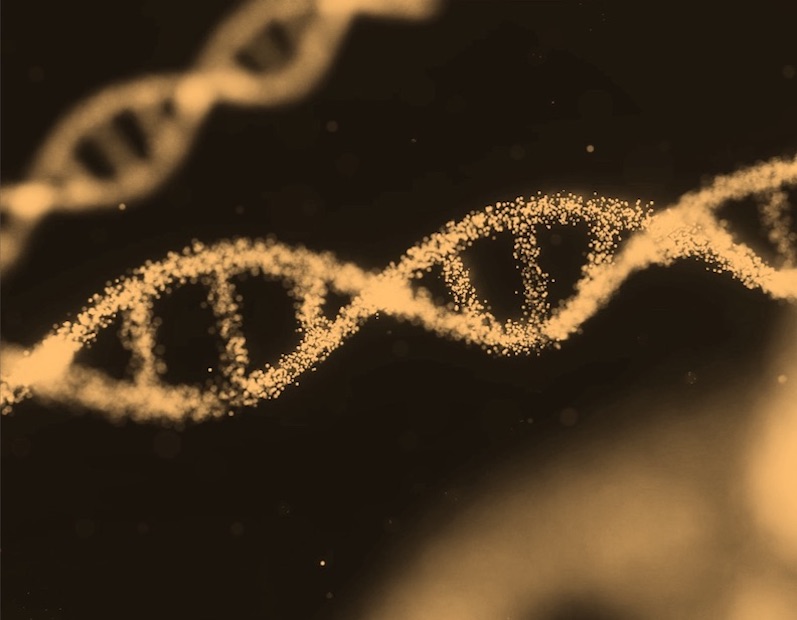What is it about?
Decades of delayed action has pushed the world into a climate crisis so deep that merely reducing carbon dioxide emissions will no longer be enough. We also need technologies that will remove some of the existing carbon dioxide from the atmosphere. Carbon capture and storage (CCS) technology exists, but we have not yet found cost-effective ways to do this at scale. One potential solution would be using the captured carbon dioxide for other industrial or commercial purposes – a technique known as carbon capture and utilization (CCU). This project looked at whether this could be economically viable.
Featured Image

Photo by Joey Kyber on Unsplash
Why is it important?
A typical carbon capture and utilization (CCU) process uses captured carbon dioxide to produce methanol. This is a fuel that can be used instead of gasoline / petrol in cars. The carbon dioxide emitted by these cars can be also then be recycled, and converted once again into methanol - this uses direct air capture (DAC) technology, and is known as a 'Power-to-Fuel' approach. An alternative Power-to-DAC approach takes the carbon dioxide emitted by the cars and uses it to power a different DAC process – one which removes carbon dioxide from the atmosphere by chemical absorption. The second process 'closes the carbon cycle' permanently by absorbing the carbon dioxide so that it is no longer in the atmosphere. This project worked out that second approach, the Power-to-DAC model, would be more cost-effective in the UK than the Power-to-Fuel model. KEY TAKEAWAY: Surplus renewable energy should be used to capture and store CO₂, and to produce methanol - a fuel which can replace petrol / gasoline. Policymakers should assess the initiatives aimed at utilizing the curtailed renewable energy for CCU with caution. This research relates to the following Sustainable Development Goals: • SDG 13: Climate Action • SDG 7: Affordable and Clean Energy • SDG 9: Industry, Innovation, and Infrastructure • SDG 12: Responsible Consumption and Production • SDG 11: Sustainable Cities and Communities
Read the Original
This page is a summary of: Closing the carbon cycle to maximise climate change mitigation: power-to-methanolvs.power-to-direct air capture, Sustainable Energy & Fuels, January 2018, Royal Society of Chemistry,
DOI: 10.1039/c8se00061a.
You can read the full text:
Resources
SDG Showcase: Goal 13 – Climate Action
More plain language summaries of research relevant to Sustainable Development Goal 13: Climate Action – brought to you by the SDG Knowledge Cooperative
SDG Showcase: Goal 7 – Affordable and Clean Energy
More plain language summaries of research relevant to Sustainable Development Goal 7: Affordable and Clean Energy – brought to you by the SDG Knowledge Cooperative
SDG Showcase: Goal 9 – Industry, Innovation and Infrastructure
More plain language summaries of research relevant to Sustainable Development Goal 9: Industry, Innovation and Infrastructure – brought to you by the SDG Knowledge Cooperative
SDG Showcase: Goal 12 – Responsible Consumption and Production
More plain language summaries of research relevant to Sustainable Development Goal 12: Responsible Consumption and Production – brought to you by the SDG Knowledge Cooperative
SDG Showcase: Goal 11 – Sustainable Cities and Communities
More plain language summaries of research relevant to Sustainable Development Goal 11: Sustainable Cities and Communities – brought to you by the SDG Knowledge Cooperative
RSC Sustainable Development Goals Showcase
More plain language summaries from RSC relevant to Sustainable Development Goals
Royal Society of Chemistry Climate Change Showcase
More plain language summaries from RSC relevant to Climate Change
SDG Knowledge Cooperative
More plain language summaries of research relevant to all the Sustainable Development Goals.
Climate Change Showcase
More plain language summaries of research relevant to Climate Change
Contributors
Be the first to contribute to this page







